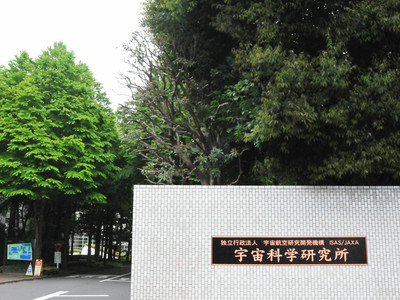Astonishingly compact, Hayabusa's real size large ion engine model

"CEATEC JAPAN 2011"At the NEC booth,Asteroid explorer HayabusaUsed inMicrowave discharge type ion engineThe actual size model of the building was exhibited.
As you can see from comparison with the iPhone 4 that the photographer has in hand, the actual ion engine is extremely small. This small engine makes Hayabusa safely land on the asteroid Itokawa and is surprised again by the fact that it reached the atmospheric reentry with total operation of more than 40,000 hours.
Hayabusa, a seven-year journey | NEC
CEATEC JAPAN 2011 NEC booth.
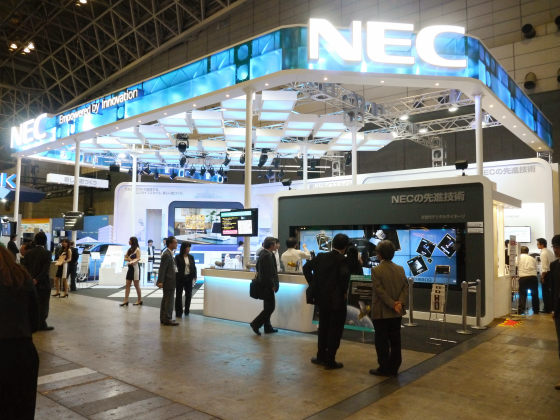
Hayabusa related models are displayed.
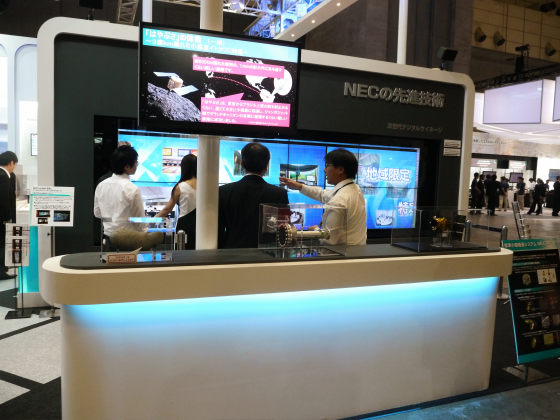
This is an asteroid "Itokawa" on a scale of 1/2000.
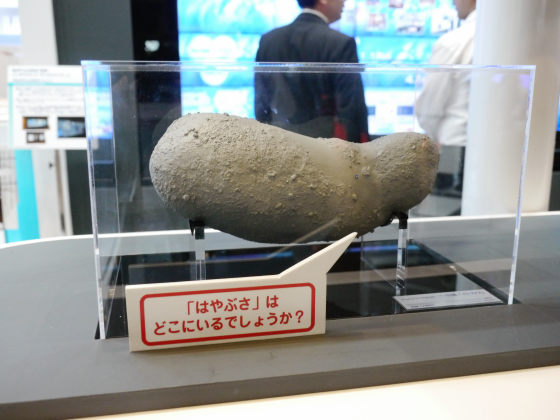
Hayabusa is landing somewhat to the right from the center.
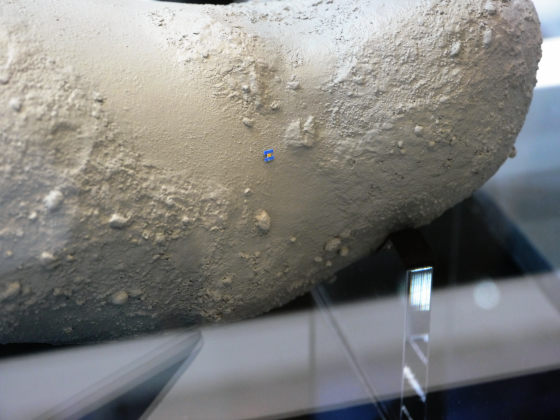
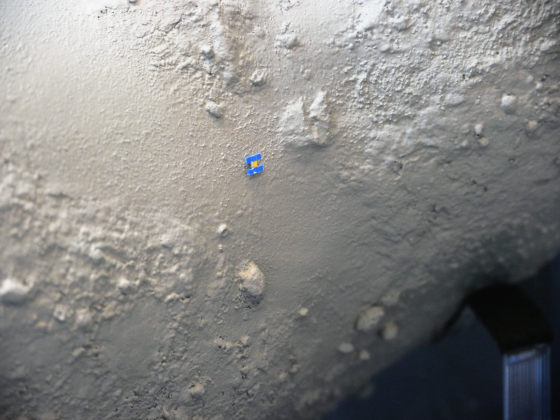
And this is the actual size model of "microwave discharge type ion engine".


Size comparison with iPhone 4. You can see that it is a fairly compact engine.
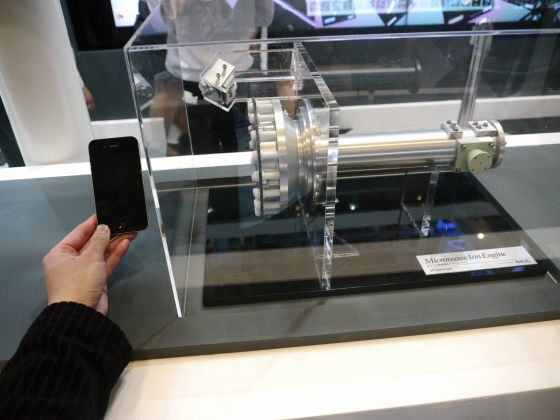
Supply microwave power from this side.
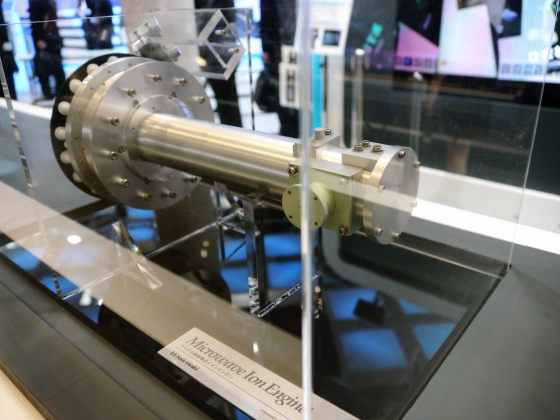

And this is a thruster.

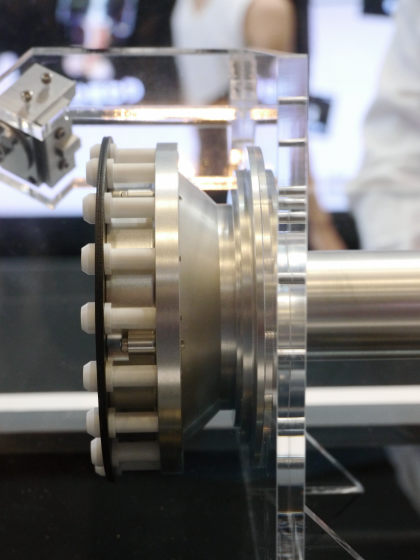
A neutralizer is installed at the top of the thruster.

Four Hayabusa installations of this ion engine were installed, and three operations were carried out.
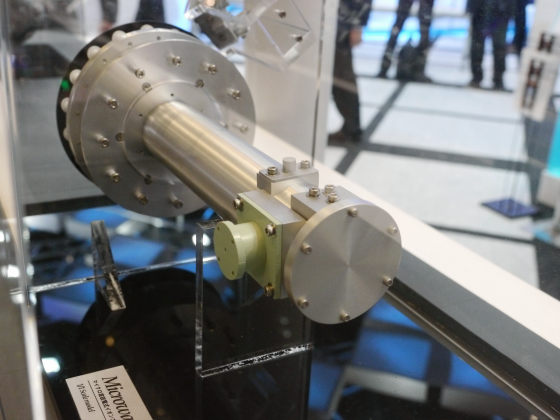
Next to the model exhibition, Hayabusa's accomplishments and functions are introduced on the screen.

Although it is Hayabusa with many functions as an asteroid explorer, the actual size was 1 m × 1.6 m × 2 m, weighing 510 kg, which was smaller and lighter than a mini vehicle.

Ion engine that supported the navigation of Hayabusa with its good fuel economy. How much fuel was loaded?

The fuel piled up in Hayabusa is about 50 kg of xenon gas. For seven years now, Hayabusa has traveled in space.
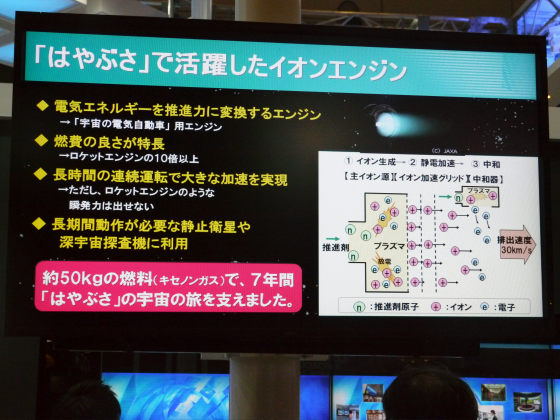
Since developing NEC 's first satellite "Osumi" in 1970, NEC has been involved in the development of artificial satellites and other technologies for more than 40 years.

Hayabusa was launched on May 9th, 2003, reached itokawa on September 12th, scientific experiments from September to October, and touchdown to Itokawa in November.
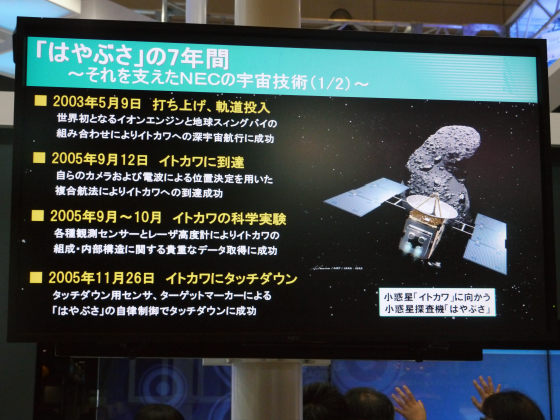
Hayabusa was temporarily disconnected afterwards, but on January 23, 2006, communication revived. Communication control will be restored in March, but in November 2009 the ion engine will stop its life. I managed to restart driving by combining the operable parts of A and B engines, and finally returned to Earth on June 13, 2010.
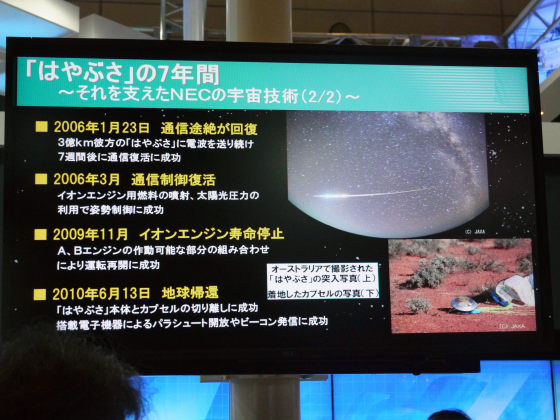
The asteroid Itokawa landed by Hayabusa was an object of about 500 m in diameter located about 300 km from the earth.
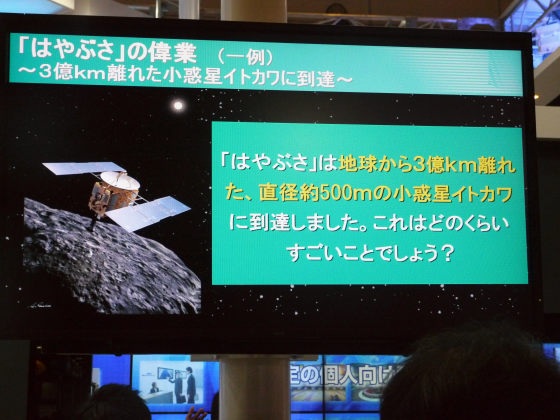
Reaching this is because JAXA officials said that it is small enough to shoot mosquitoes over Brazil from Tokyo. If you compare the difficulty of landing, it seems to be a difficult task to land at the Grand Canyon valley with jumbo jet aircraft.

To celebrate the first anniversary of Hayabusa return, a special page is being held on NEC's official website that traces its development and operation trajectory.
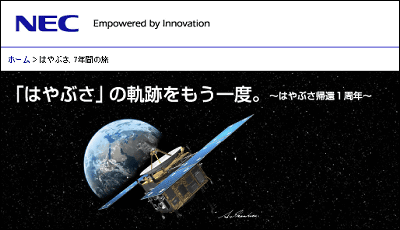
Related Posts:







